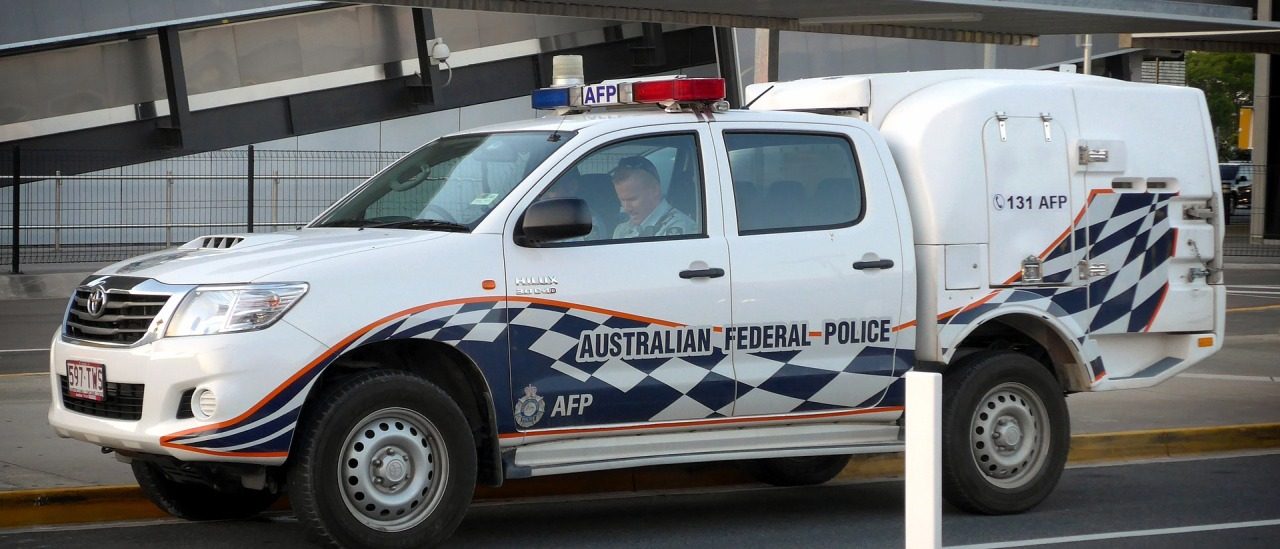A Personal Protection Order is a legal order to protect an individual from being harassed, threatened, stalked or harmed by another person
Each State and Territory in Australia has legislation addressing personal violence designed to provide a fast and efficient method to obtain immediate and urgent protection from the violent party. In the Australian Capital Territory (ACT), individuals who experience threats, abuse, or harassment can seek legal protection through Personal Protection Orders (PPOs) which are designed to safeguard people from harm and uphold their right to live free from fear and intimidation.
What Is Personal Violence?
In the ACT, the Personal Violence Act 2016 (ACT)(the Act) defines “personal violence” as the following behaviour by a person in relation to another person:
- physical violence or abuse;
- sexual violence or abuse;
- threatening behaviour;
- stalking;
- harassing, intimidating or offensive behaviour;
- damaging property.
What is a Personal Protection Order?
A PPO is a civil court order. Intended to protect individuals from violence, abuse, or threats from another person.
Key features of PPOs include:
- Stopping someone from contacting or approaching you.
- Excluding them from your home, workplace, or school.
- Putting other conditions in place to ensure your safety.
The system is designed to be simple, quick and inexpensive and applies across both ACT and NSW Courts.
How to Apply for a PPO
You can apply for a PPO through the ACT Magistrates Court (the Court). In urgent cases, the court can issue a temporary (interim) order straight away. An application once lodged will be dealt with by the Court within a short timeframe, often the same day, in the absence of the alleged perpetrator of violence. If the Court considers that it is appropriate, an interim PPO will be made and subsequently served on the perpetrator. The matter is normally listed for further mention afterwards to afford the other party the opportunity to put his/her side of the story and, to defend the matter in a final hearing.
The basic steps are:
1. Complete an application
The first step is for the affected person to make an application for a PPO. The application can be found on the ACT Magistrates Court website or by attending the Court. The application can only be filed in person. After the affected person makes this application, they become known as ‘the applicant’. However, the affected person is not the only person who can make an application for a PPO. A police officer or the parent/ guardian of a child can also apply on behalf of the affected person. There are other circumstances when another person can apply for a PPO on behalf of someone else. For example, on behalf of someone with a legal disability.
2. Attend a court hearing
If the applicant needs emergency protection, an interim hearing will be held at the Magistrates Court, typically on the same day that the application is lodged. The Registrar or Magistrate will determine if an interim order is needed to make sure the applicant is safe or to prevent substantial damage to property. An interim order is a temporary order and will usually only be made in urgent cases. Even where interim orders are not made, the application for a final order will still proceed. An applicant can also apply for a final order without an interim order if they do not need immediate protection.
3. Attend a preliminary conference
A preliminary conference will take place after the application has been filed or following an interim hearing where necessary. The preliminary conference is sometimes called a return conference. The purpose of a preliminary conference is to see if the applicant and the respondent can come to an agreement and resolve the matter.
At the preliminary conference the applicant and the respondent are not in the same room. Instead, the applicant and the respondent communicate through a Deputy Registrar of the Court who acts as a go between for the parties.
4. Pre-Hearing Mention
The Pre-Hearing Mention happens in the Registrar’s Protection Order List. The purpose of this court date is to see if the case can be settled without going to a hearing. If there is no agreement, then the court will manage the case. This will involve the setting of filing directions to make sure everyone is ready for a final hearing.
5. Final Hearing
At the final hearing, a final PPO will only be made if the Magistrate is satisfied that on the ‘balance of probabilities’ the applicant has reasonable grounds to fear violence by the respondent in the future or that the respondent has used violence against the applicant in the past. This means that the applicant needs to prove that it is more likely than not that there is a threat of violence, or that violence has happened
Need Help?
If you are in immediate danger, please call 000.
There are numerous other services available for victims of violence such as:
Victim Support ACT Ph: 1800 822 272 (24 hours)
Victims of Crime Assistance League (VOCAL) Ph: (02) 6295 9600
Lifeline Ph: 131 114 (24 hrs)
Kids Helpline Ph: 1800 551 800 (24 hrs)
If you are experiencing threats, abuse, or harassment by a relative, current or former domestic partner, or current or former intimate partner, please see our article on Family and Domestic Violence.
If you have a personal violence matter or just have some general legal enquires, we can be contacted on 02 6206 1300. We are always ready to discuss this important and serious subject matter with you.
Further reading

elringtons lawyers regularly provide legal advice in relation to a range of Family Law matters. Please contact our Family Law Team for more information or to make an appointment call (02) 6206 1300











